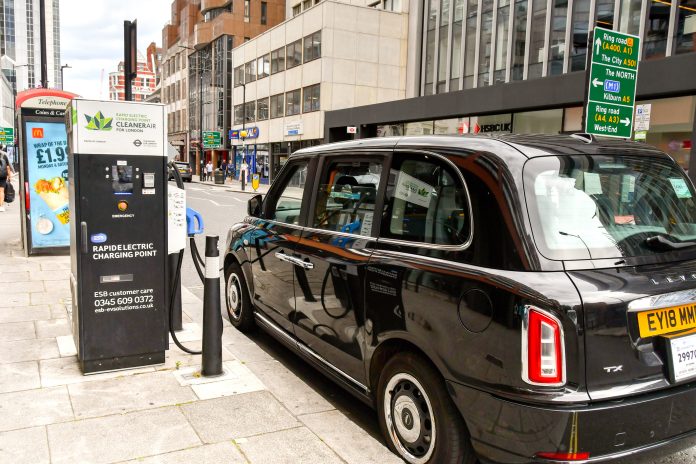Battery electric vehicles (BEVs) continue becoming more popular across key European markets, with Germany, Sweden, and the UK all reporting strong growth in April 2025 despite varying economic and policy environments
Together, the data from these three countries shows the progress and the ongoing challenges facing the EV transition in Europe.
Germany leads in volume and growth
Germany saw a major increase in BEV registrations, which jumped 53.5% year-on-year to reach 45,535 units in April.
This was the country’s strongest month for electric cars since government subsidies ended in December 2023. Battery electric vehicles (BEVs) now represent 18.8% of the new car market, up from 13.3% a year earlier.
Plug-in hybrids (PHEVs) also performed well, with 24,317 units registered, a 60.7% increase compared to April 2024. BEVs and PHEVs now make up nearly 29% of new passenger vehicle sales.
The change is also reflected in other trends. Petrol and diesel registrations fell, down 26.4% and 18.7%, while hybrids rose by 12.2%. These changes contributed to a 12.5% year-on-year reduction in average CO₂ emissions from new vehicles, now at 109.3 g/km.
However, not all EV brands are benefiting equally. Tesla and Smart posted significant declines, attributed to model transitions and increasing competition from other manufacturers to more affordable electric models.
Sweden strengthens its position in clean mobility
Sweden’s transition to electric mobility continued at a steady pace. Battery electric vehicles accounted for 35.2% of all new car registrations in April, up 25.8% year-on-year, while PHEVs made up another 28.1%, reflecting an 18.6% increase. Together, rechargeable vehicles now represent 63.3% of the Swedish market, one of the highest shares in Europe.
Corporate fleets remain Sweden’s primary driver of EV adoption, accounting for nearly two-thirds of all BEV registrations. Improvements in PHEV range and affordability are also encouraging more companies to electrify their fleets. Year-to-date, rechargeable cars make up 59.5% of all new registrations in Sweden, compared to 55.2% at the same time last year.
In contrast to the passenger car segment, light commercial vehicles (LCVs) continued to struggle. Registrations dropped by 33.5% year-on-year, and even electric LCVs saw a 22.1% decline in volume. This sector remains particularly sensitive to the withdrawal of government incentives and broader economic weakness in the construction industry.
UK EV growth continues, but there are still challenges
The UK’s new car market contracted by 10.4% in April, but BEV registrations still rose 8.1% year-on-year to 24,558 units, securing a 20.4% market share. PHEVs also performed well, climbing 34.1% to 11.7% of the market.
Plug-in vehicles represented 32.1% of total registrations, showing a shift in consumer preference even after a broader market downturn.
However, the BEV market in the UK remains below expectations. New tax changes introduced in April, including expanding the Expensive Car Supplement under Vehicle Excise Duty (VED), have dampened private and fleet demand. While BEVs are now the second most popular powertrain behind petrol, both private and business EV registrations declined in April by 7.9% and 11.9%.
Despite more than 130 BEV models being available, including affordable and compact options, cost concerns and policy uncertainty continue to weigh on consumer confidence.
Conclusion
April 2025 confirmed the growing role of electric vehicles in Europe’s automotive landscape. Germany and Sweden showed robust growth, while the UK maintained momentum despite regulatory and economic pressures. As the EV market evolves, continued progress will depend on targeted policies supporting private buyers and commercial operators.











